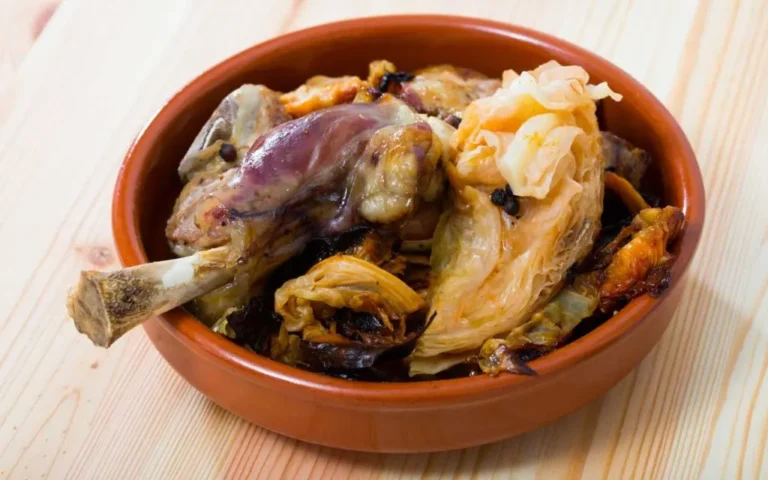Introduction: Norwegian Cuisine and its Influences
Norwegian cuisine is known for its reliance on fresh seafood, game meats, and root vegetables, as well as its use of preserved and fermented foods such as lutefisk (dried whitefish) and rakfisk (fermented trout). The cuisine has been shaped over time by various cultural influences, including those of the Vikings, who introduced salted and dried fish to the diet, as well as the influence of neighboring countries such as Sweden and Denmark. However, one of the most significant influences on Norwegian cuisine has been that of Scandinavian and Nordic cuisines.
Historical Background: The Arrival of Nordic and Scandinavian Cuisines
Historically, Norway has been influenced by the cuisine of its neighbors in Scandinavia, which includes Denmark and Sweden, as well as the cuisine of the broader Nordic region, which includes Finland and Iceland. In fact, the term “Nordic cuisine” is often used to refer to the culinary traditions of all five countries. The influence of Scandinavian and Nordic cuisines on Norwegian cuisine can be traced back to the Viking era, when trade and travel between the countries facilitated the exchange of food, spices, and cooking techniques.
Common Ingredients and Dishes in Norwegian Cuisine
Today, Norwegian cuisine is characterized by a number of common ingredients and dishes that are shared with Scandinavian and Nordic cuisines. These include seafood such as salmon, cod, and herring; game meats such as elk, reindeer, and wild boar; root vegetables such as potatoes, carrots, and turnips; and breads and pastries such as rye bread and cinnamon buns. One of the most famous Norwegian dishes is lutefisk, which is made from dried whitefish that has been soaked in lye, and is often served with boiled potatoes and bacon.
The Intersection of Norwegian, Swedish, and Danish Cuisines
While Norwegian cuisine shares many similarities with the cuisines of Sweden and Denmark, there are also distinct differences between the three. For example, Norwegian cuisine tends to be more reliant on seafood, while Swedish cuisine is known for its meatballs and lingonberry sauce, and Danish cuisine is famous for its smørrebrød (open-faced sandwiches). However, there is also significant overlap between the cuisines, and many dishes and ingredients are shared across borders.
Modern Trends and Innovations in Norwegian Cuisine
In recent years, Norwegian cuisine has experienced a resurgence of interest and innovation, as chefs and food producers experiment with new ways of incorporating traditional ingredients and techniques into modern dishes. This has led to the development of new dishes such as reindeer tartare and lingonberry sorbet, as well as the use of traditional ingredients in unexpected ways, such as smoked salmon ice cream. At the same time, there has been a renewed focus on sustainability and local sourcing, with many chefs and food producers emphasizing the use of seasonal, locally grown ingredients.
Conclusion: The Enduring Legacy of Scandinavian and Nordic Influences on Norwegian Cuisine
The influence of Scandinavian and Nordic cuisines on Norwegian cuisine is both deep-rooted and enduring, with a rich history of trade and cultural exchange between the countries shaping the culinary traditions of the region. Today, Norwegian cuisine is defined by its reliance on fresh and preserved seafood, game meats, and root vegetables, as well as its connection to the broader Scandinavian and Nordic culinary traditions. While the cuisine continues to evolve and innovate, it remains grounded in its cultural heritage and the traditions that have shaped it over time.

